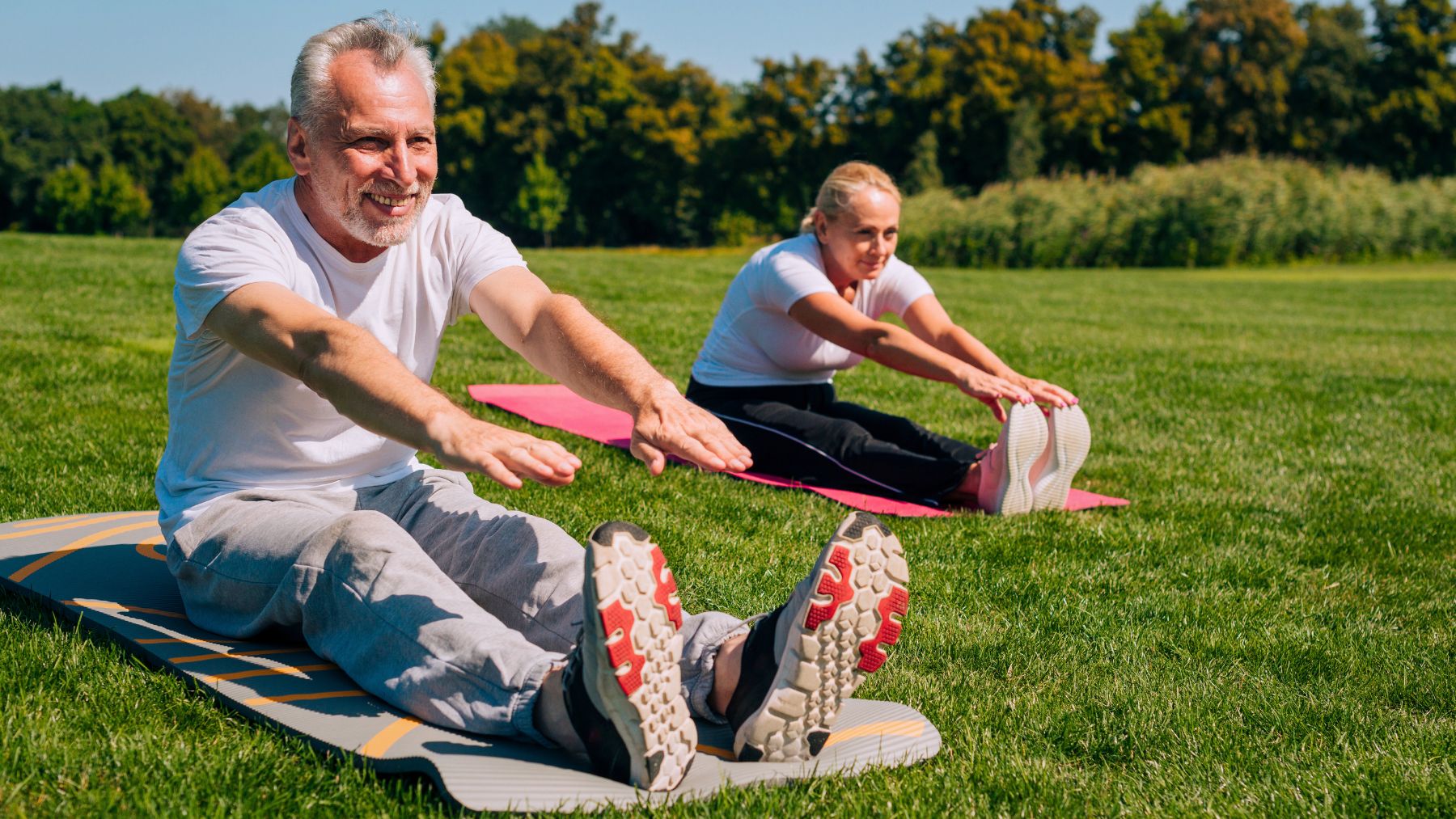When it comes to maintaining stability and coordinated movement after 60, many people instinctively choose familiar activities such as walking, yoga, or dancing. However, there is a lesser-known practice that enhances balance and flexibility and imparts practical, everyday skills. That practice is martial arts, which integrates physical fitness, mental clarity, and self-defense techniques.
Although martial arts may evoke images of fast-paced combat or high-energy sparring, many styles emphasize precision over power and control over speed. These approaches are particularly suited to older adults who aim to preserve their independence and improve functional fitness in their retirement years. Let’s explore how martial arts builds physical stability, sharpens mental focus, and fosters self-confidence.
Why retirees over 60 should try martial arts
Martial arts is not about high kicks or dramatic board-breaking feats. For retirees, it serves as a carefully structured regimen that develops functional fitness and tackles age-related challenges. Integrated into balance training, rehabilitation, and wellness programs, these disciplines adapt to individual paces and promote gradual improvement. Let’s examine the main benefits.
Better stability
Martial arts teaches you to move with purpose and awareness. Practices like Tai Chi and Qigong use slow, controlled stances that work all the stabilizing muscles in your body. These exercises mainly target your core, legs, and lower back, which improves your balance and coordination.
Smoother movement
Engaging in twisting, stepping, and weight-shifting drills helps keep joints well lubricated and muscles supple. Over time, these can ease everyday tasks such as reaching for an elevated item or bending down to tie your shoes.
Sharper focus
Learning choreographed sequences—often referred to as forms—challenges your brain to internalize complex patterns while remaining fully present. This mental engagement sharpens decision-making capabilities and helps alleviate stress.
Controlled cardio
Many martial arts styles incorporate smooth, rhythmic movements that gently elevate the heart rate. This promotes improved circulation, supports joint health, and boosts overall energy levels.
Different martial arts styles to consider
Choosing the appropriate martial arts style for you largely depends on your fitness level and personal goals. Some disciplines emphasize slow movements and deep breathing, while others offer practical self-defense techniques in a low-impact setting. Here are three senior-friendly options:
- Tai Chi: Often known as “meditation in motion”, Tai Chi employs flowing moves to enhance balance and soothe the mind. It’s particularly beneficial for seniors with arthritis, muscle stiffness, or limited mobility.
- Wing Chun: This style of kung fu focuses on close-range techniques and the efficient redirection of force. Classes designed for seniors avoid flashy maneuvers, prioritizing proper posture and joint-friendly drills that build strength and precision.
- Cane-Fu: In these sessions, participants learn blocking techniques, controlled striking, and stability exercises specifically tailored for cane users, making it an innovative choice within adaptive martial arts training.
In addition, martial arts such as Krav Maga—a self-defense system known for its practicality—and Aikido—which utilizes an opponent’s momentum—may also prove effective when instructors offer modified, low-impact versions for older adults.
Before embarking on your martial arts journey, consult your doctor to rule out any health restrictions. Look for classes that are designed for seniors or described as “gentle” at local community centers or gyms. Focus on mastering proper technique rather than speed, and choose an instructor who adjusts exercises to minimize strain.

